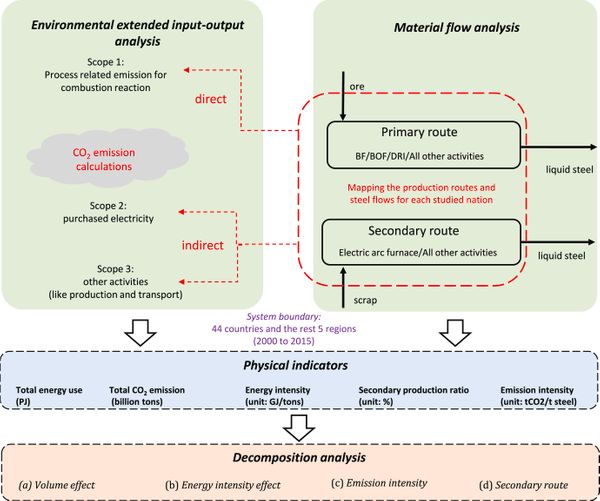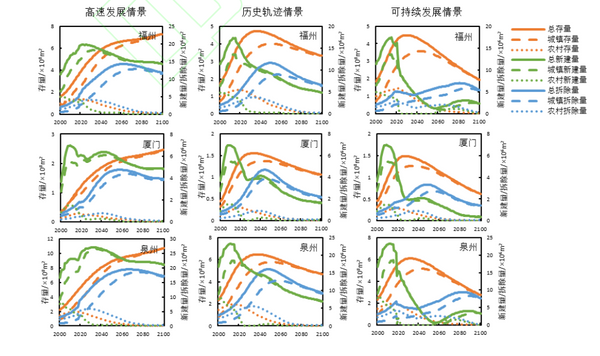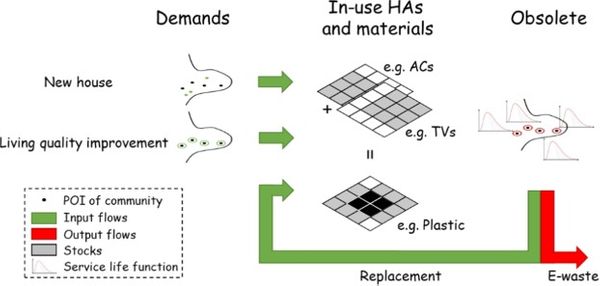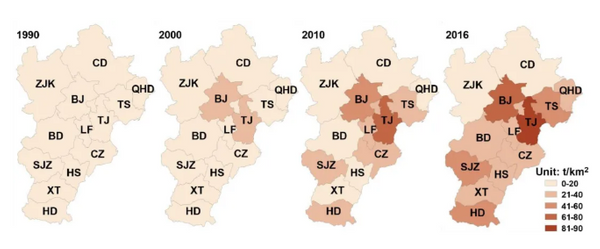Yupeng Liu, Jiajia Li, Linlin Duan, Min Dai, Wei-qiang Chen*.
Regional Sustainability
http://regsus.xjegi.com/EN/10.1016/j.regsus.2020.07.001
Abstract:
Cities rely on massive amounts of physical, chemical, and biological resources to support their growth and metabolism. These ‘metabolic inputs’ are accumulated in cities to form material stocks in buildings, infrastructures, transportation facilities, and household appliances. This study takes China’s urbanization as an example to illustrate the characteristics of material stock changes in developing countries and compare them with those in developed countries. Results show that (1) material stocks have been growing in China, but have saturated in developed countries, and (2) the major components of urban metabolism are construction and industrial materials (e.g., steel) in developing countries but biomass (e.g., food) in developed countries. The changes in the magnitude and types of material stocks can not only measure urban development but also directly link city and its residents, offering advantages in representing urbanization over the existing indices such as population, land use, or gross domestic product (GDP). Given the new insights provided by material stock, we recommend to embrace it as a critical index of urbanization for guiding urban planning and policy-making.
Key words:
Urbanization, Urban metabolism, Material stock, Land use/cover changes, Economic transition, Sustainability, Industrial ecology






